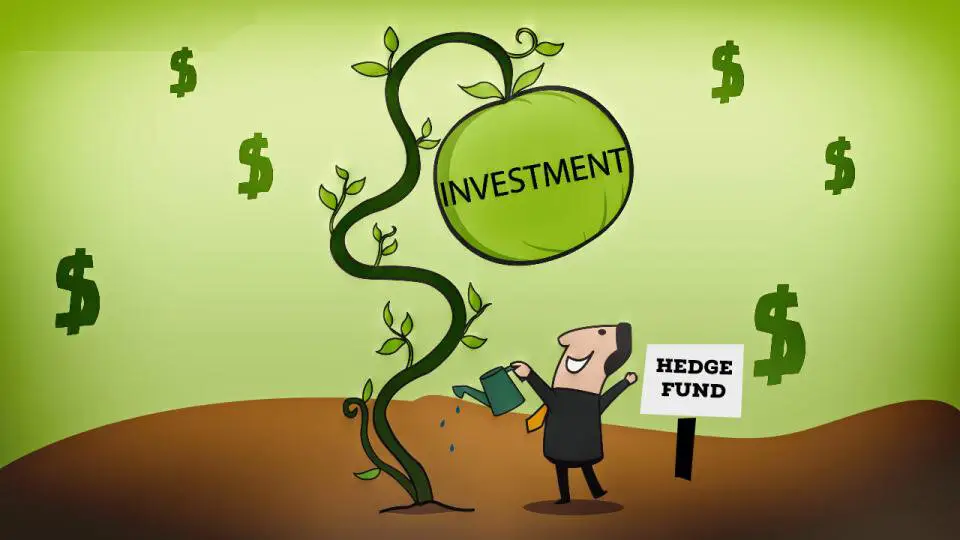In the world of investments, there are two main approaches: passive and active. Both promise capital growth but require different levels of involvement, knowledge, and readiness for risk. Before making a decision, it is important to understand the key differences between these strategies and determine which one best suits your financial goals and asset management style. In this article, we will delve into active and passive investments in detail and discuss which one is worth choosing.
Active Investing: Features
Active investing requires not only analysis but also precise calculation. A mistake in timing can result in a 20% loss in a week. High turnover of transactions increases the tax burden. Broker commissions, spreads, taxes can eat up to 2% annually of profits. Without discipline, the strategy turns into chaos.

The largest hedge funds, such as Renaissance Technologies, demonstrate annual returns of over 30%, but they require a team of physicists, mathematicians, and access to supercomputers. Achieving such results in private investing is rare.
What You Need to Know About Passive Investing
A passive strategy uses index funds and ETFs. An investor buys, for example, an S&P 500 fund and “holds” it. Diversification across the 500 largest US companies smooths out risks. The average return of such funds is around 8–10% annually over the last 30 years.
What to choose when there is no time for analysis and fewer nerves than stocks in the portfolio? Then this approach is a reasonable solution. Low fees, ease of management, predictability are advantages valued by most long-term investors.
Choosing Between Active and Passive Investments: Comparison, Advantages, Disadvantages
Each approach works in its context, considering real goals, risks, and resources.
Active Investments:
- Strategy: dynamic asset management, frequent transactions.
- Return: above average with successful choices.
- Risk: high, dependent on competence.
- Commissions: higher due to turnover and taxation.
- Suitable for: experienced traders, professional analysts.
Passive Investments:
- Strategy: buying index funds.
- Return: stable, around 8% annually.
- Risk: lower due to diversification.
- Commissions: minimal, especially for ETFs.
- Suitable for: beginners, busy individuals, pension strategies.
What to choose? The decision depends on experience, goals, horizon, and risk tolerance.
Advantages of a Passive Approach:
- minimal time costs;
- predictable income structure;
- high diversification;
- low commission level;
- stability even in a crisis.
Disadvantages of an Active Approach:
- high volatility;
- taxes on profits;
- transaction fees;
- emotional decisions;
- labor intensity.
A simple portfolio that works is always better than a complex strategy that fails. Decisions should be based on numbers, not emotions.
The Role of Diversification and Control
Risk management is not a theory but a lifeline. One fund cannot replace a portfolio. A structure of bonds, ETFs, dividend stocks, and gold allows balancing market fluctuations. For example, during the stock market decline in 2020, gold rose by 25%, and the bond index showed positive dynamics.
Diversification reduces drawdowns but requires control. Without regular rebalancing, even a passive portfolio loses efficiency.
Return: Numbers, Not Promises
The market rarely forgives unjustified expectations. The average return of active funds over 10 years according to S&P SPIVA data is lower than that of corresponding index funds. Only 20% of managers in the US outperformed the S&P 500 index over a decade. Meanwhile, active fund fees range from 1.2–2% compared to 0.03–0.07% for ETFs.
Short-term decisions can bring double-digit profits. For example, in 2021, some Russian private traders earned up to 80% on metallurgy stocks. In 2022, the same strategy led to a 50% loss.
Choosing between active and passive investments depends on the ability not to chase quick profits but to think systematically. Return is the result of strategy, not luck.
Trading and Investments
Confusion arises when trading is called investing. Speculation is a tool of active strategy but not always an investment. Buying TMK shares “on news” is a bet. Buying ETFs on the MSCI World index is an investment.
Trading requires time, knowledge, and iron discipline. Intraday operations end in losses for non-professionals in 90% of cases. Investing is a strategy where the main goal is not to beat the market but to preserve capital and ensure growth above inflation.
Choosing between active and passive investments, if the goal is to preserve capital and increase it without daily trading, excludes speculation and focuses on strategic planning.
A Working Portfolio
A working investment portfolio does not require daily intervention but regularly monitors the asset class ratio.
A balanced portfolio may include:
- 60% ETFs on stocks (S&P 500, Nasdaq-100, MSCI Emerging Markets).
- 20% federal bond securities (OFZ) or municipal bonds.
- 10% gold or other precious metals through a fund.
- 10% alternative assets — REITs, cryptocurrencies, venture funds.
Such a structure works without constant control but allows for comparing returns between segments and making informed decisions.

Choosing between active and passive investments, if a clear, balanced portfolio for 5–10 years is required, in this case, passive
What to Choose for an Investor — Active or Passive Investments?
There is no definitive answer since the decision depends solely on your personal goals, level of knowledge, risk tolerance, and available time. The passive approach is suitable for long-term strategies and minimizing efforts, while active management can bring higher returns but requires constant attention and deep analysis. The key is to choose a strategy that best fits your investor profile and helps achieve the desired financial results.
 en
en  ru
ru  de
de  ar
ar  es
es  hi
hi  fr
fr  nl
nl  it
it  pt
pt  el
el 










